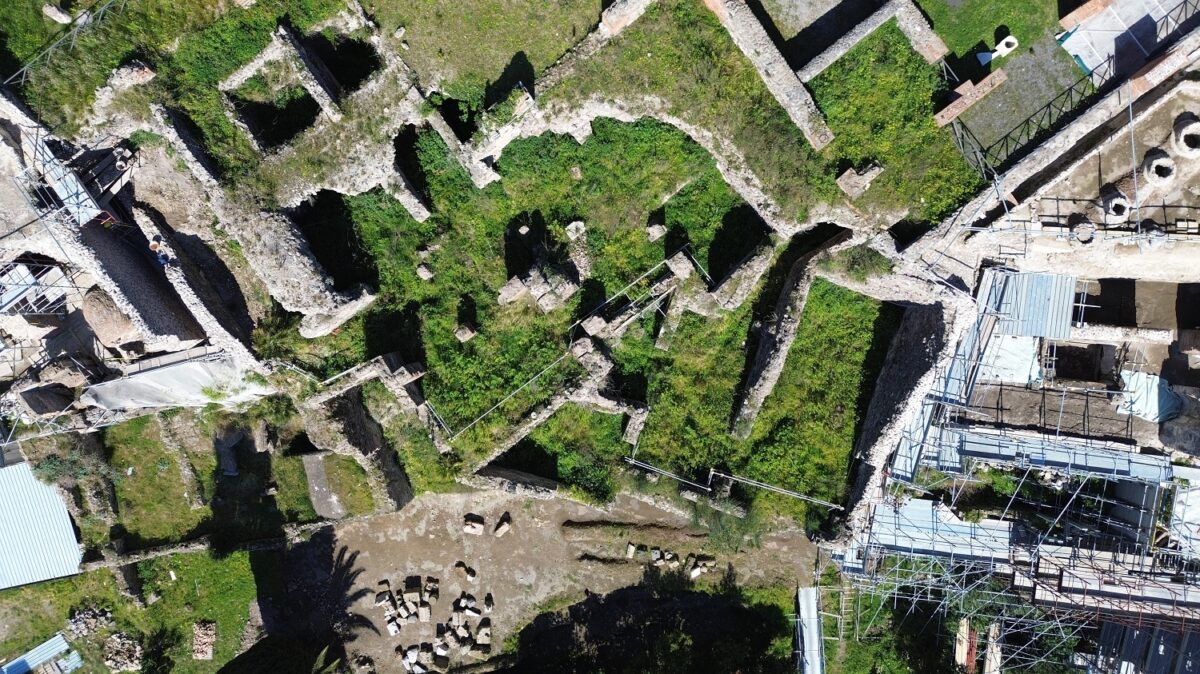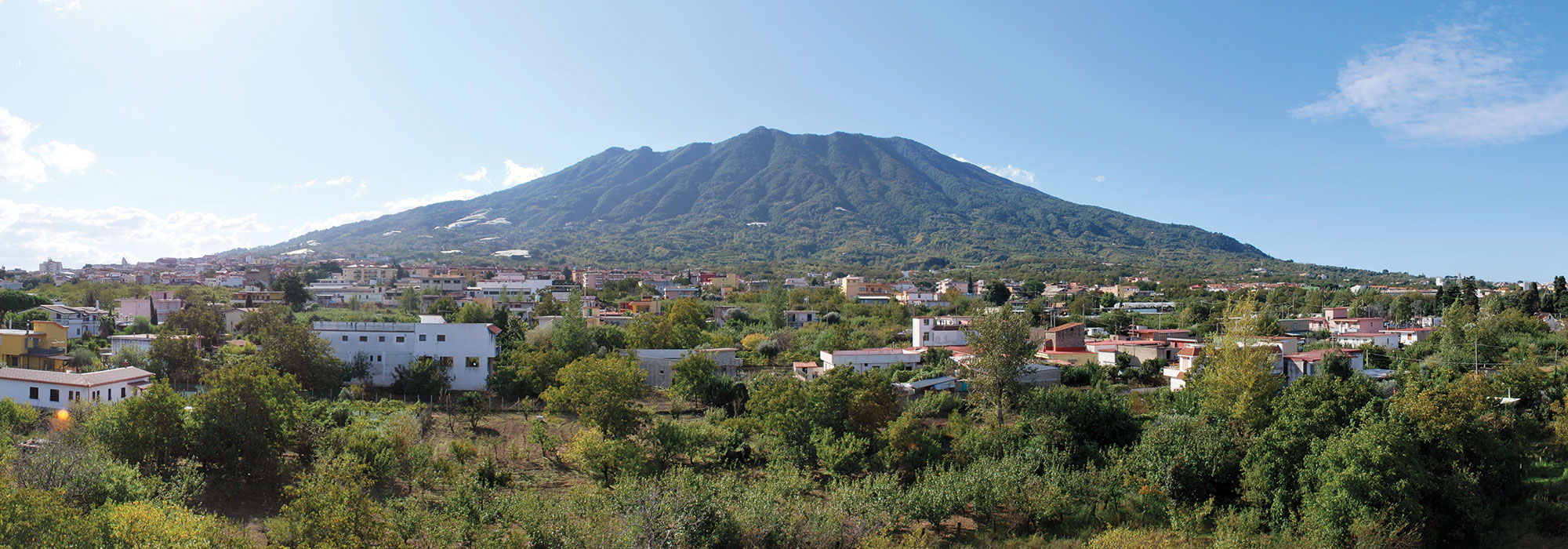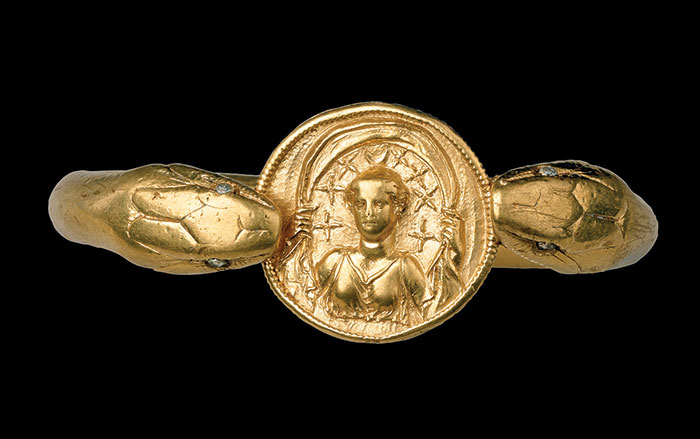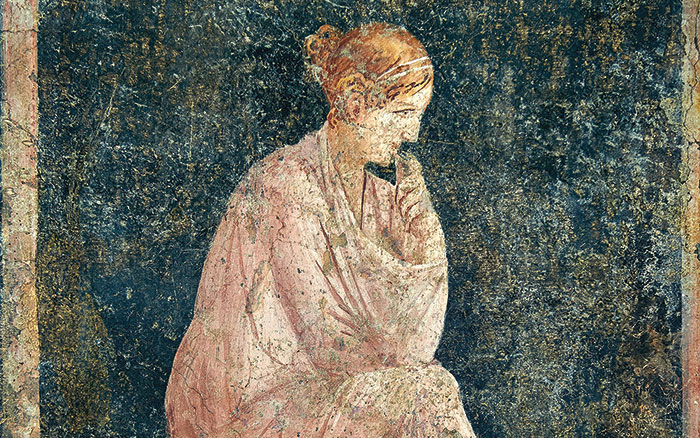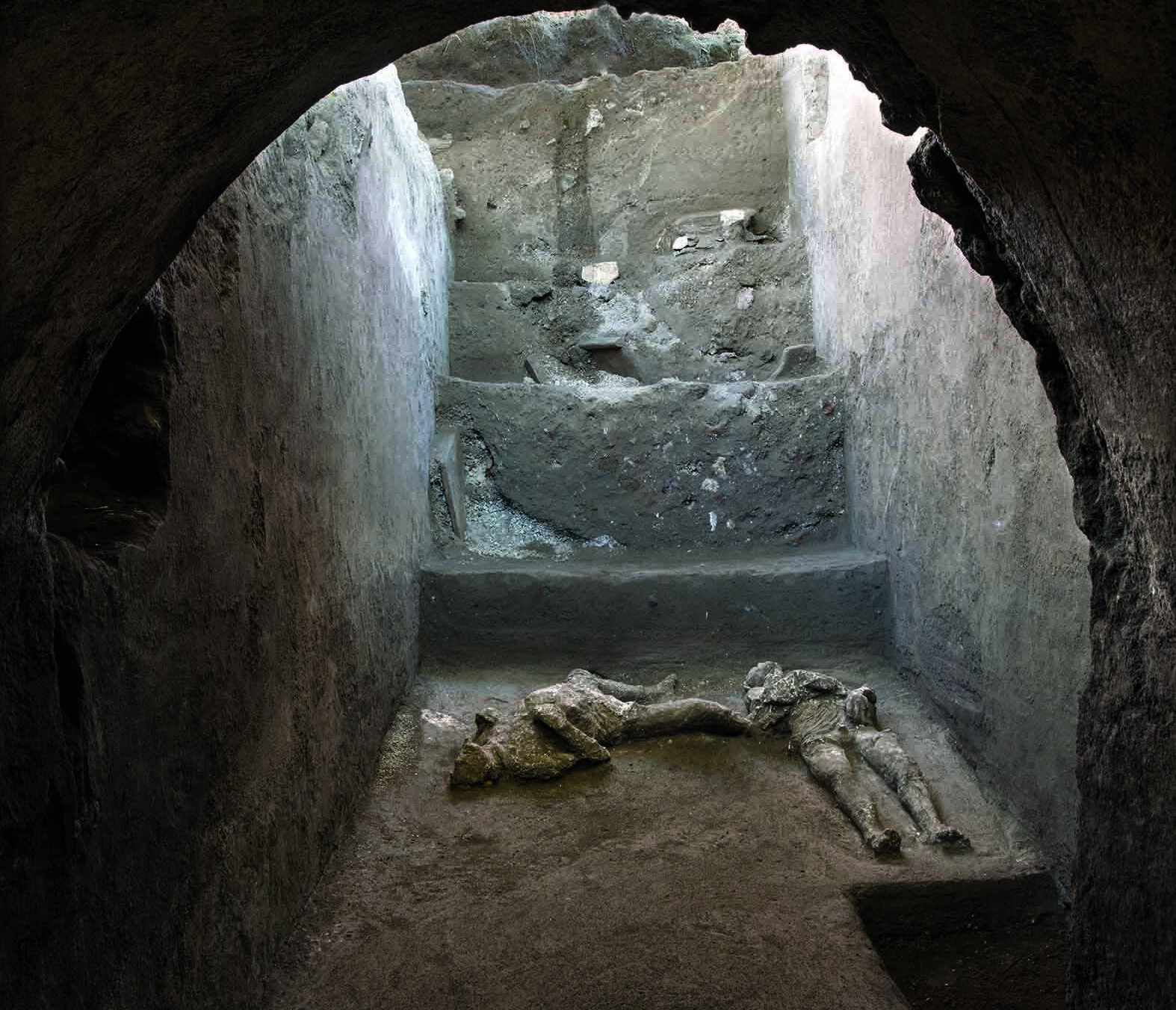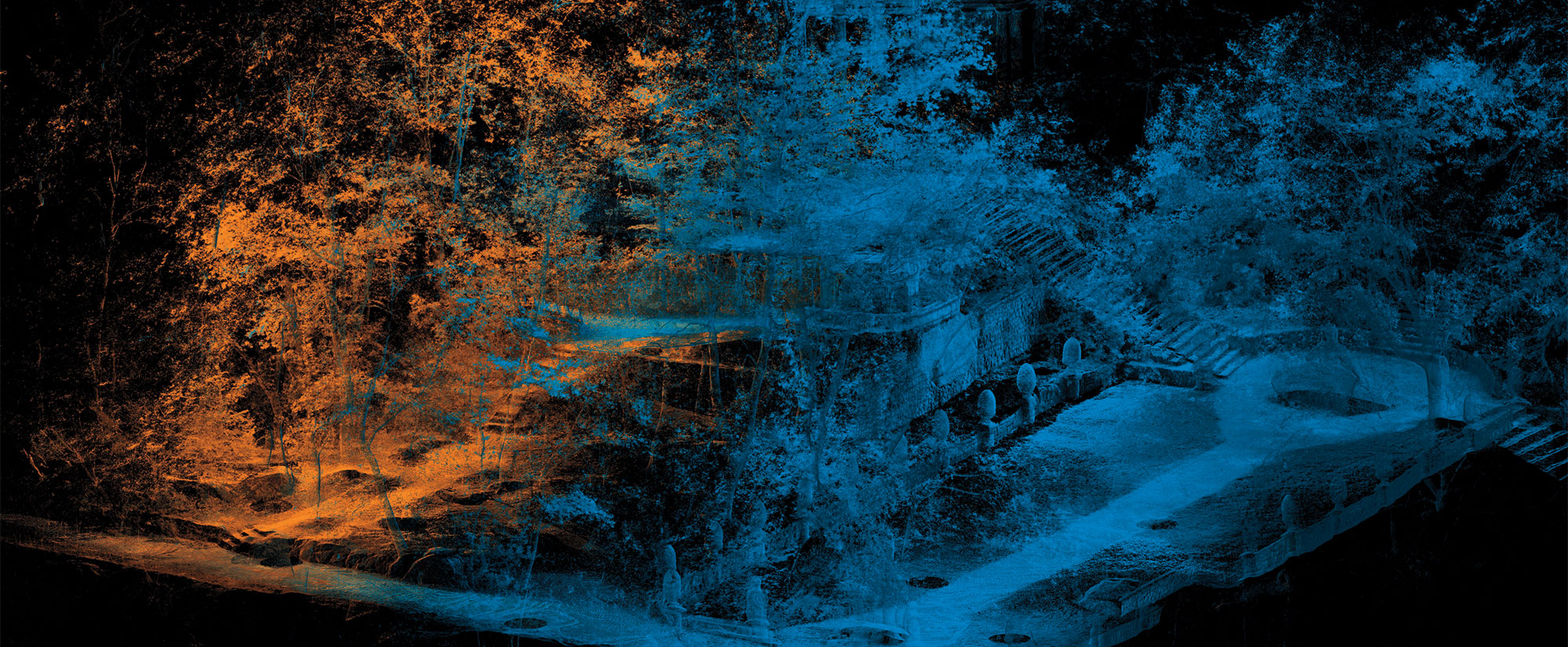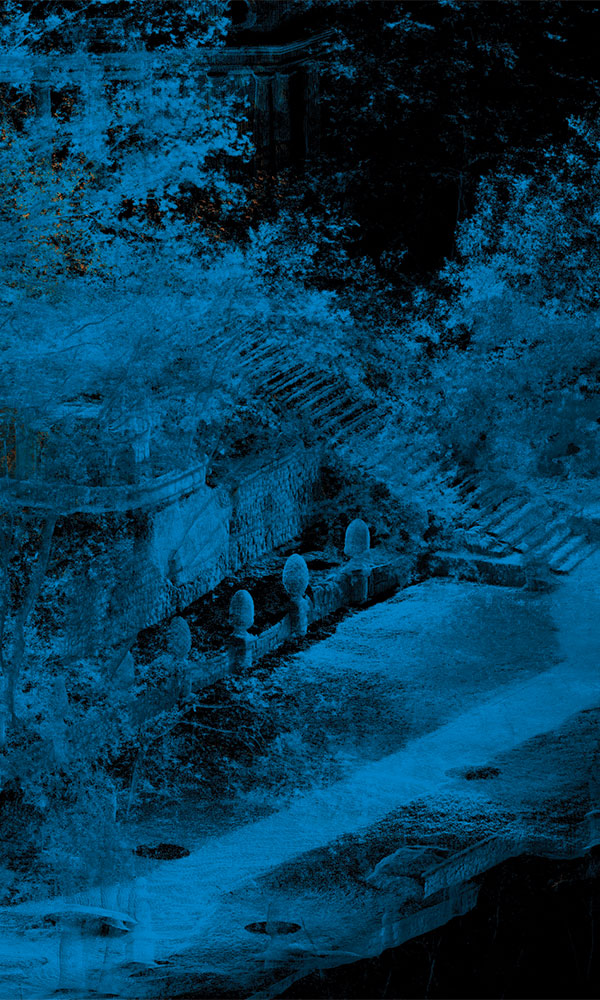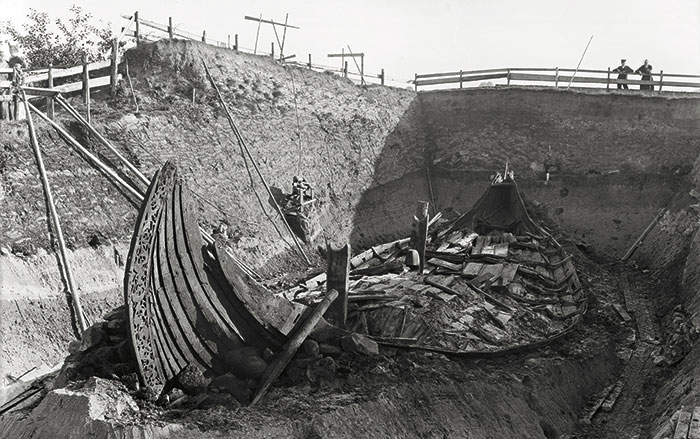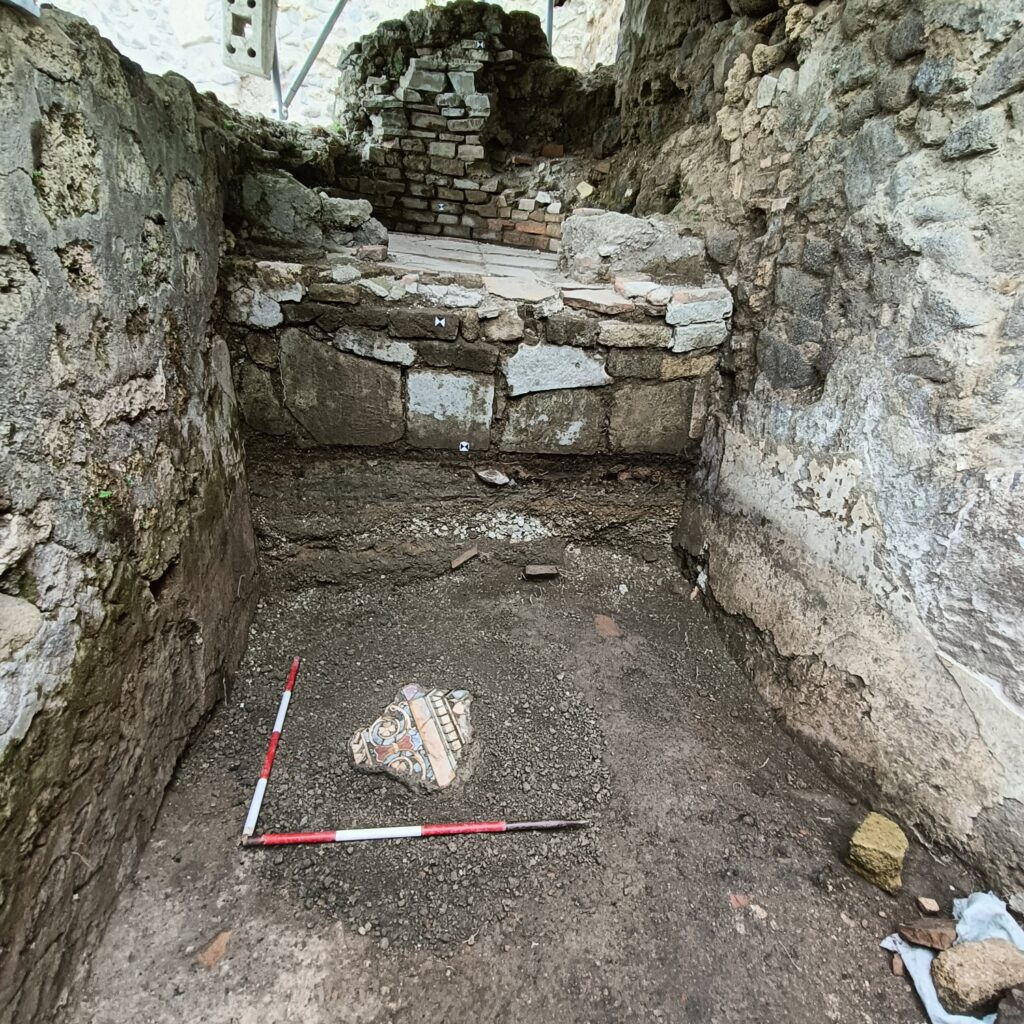
POMPEII, ITALY—When Mount Vesuvius erupted in a.d. 79, it famously buried Roman towns around the Bay of Naples in as much as 20 feet of ash, volcanic rock, and debris. Many of Pompeii’s estimated 20,000 residents perished, while the rest fled their homes, seemingly never to return. According to a report by Le Monde, however, new research at the site has revealed that some of the city’s residents did, in fact, return to the devastated ruins of the city, contrary to long-held beliefs. Recent excavations during a restoration project in the Insula Meridionalis have uncovered evidence that small groups of inhabitants occupied the top floors of houses that remained visible above the layers of ash, while the former ground floors were converted into cellars with ovens and mills. These people lived in an informal settlement situation—without the benefits, organization, and infrastructure characteristic of official Roman towns—until Pompeii was completely abandoned around the fifth century. Early excavators were often expressly interested in reaching the floors that contained many of Pompeii’s buried treasures, such as mosaics, frescoes, and statues. Because of this focus, they frequently ignored and even destroyed archaeological evidence of post-eruption occupation. “Thanks to the new excavations, the picture is now clearer,” said Gabriel Zuchtriegel, director general of the Archaeological Park of Pompeii. “Post-79 Pompeii reemerges, more than a city, a precarious and gray agglomeration, a kind of camp, a favela among the still recognizable ruins of the Pompeii that once was.” To read about survivors of the eruption who resettled in other towns, go to "Digging Deeper into Pompeii's Past: The Eruption's Aftermath."


